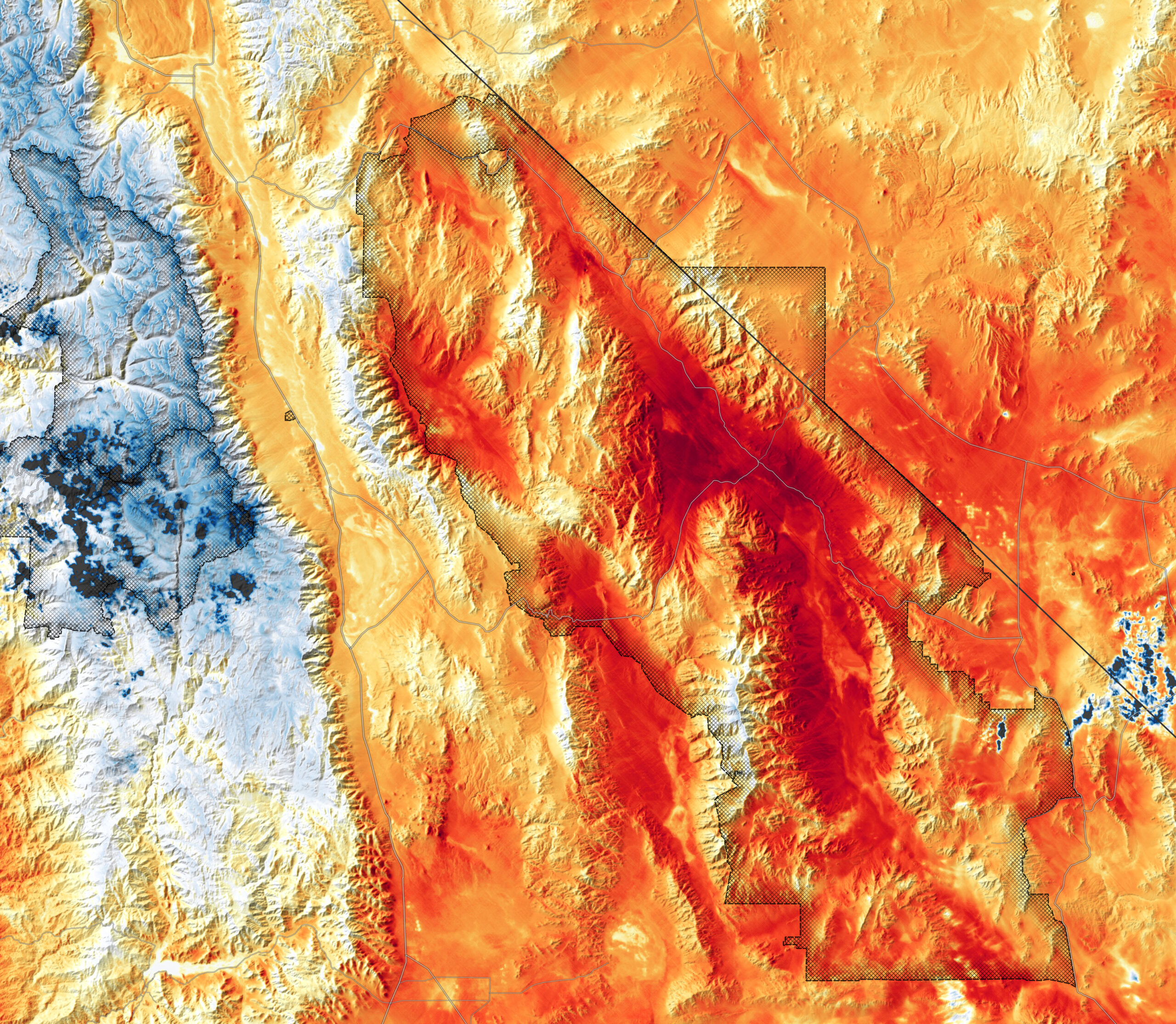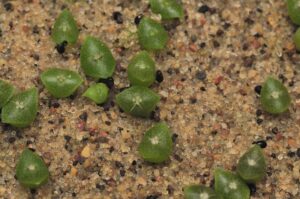Death Valley, renowned as one of the hottest places on Earth, presents an astonishing tableau of resilience amidst extreme climatic conditions. With temperatures soaring above 120°F in the summer months, it seems improbable that life can flourish in such an inhospitable environment. Yet, a remarkable array of plant species thrive here, employing a variety of evolutionary adaptations to survive and even prosper in the unforgiving heat.
To understand how these hardy plants endure the relentless sun and parched landscapes, one must delve into their remarkable physiological and behavioral strategies, which transform the seemingly hostile terrain into a vibrant ecosystem.
Understanding the Extremes of Death Valley
Death Valley’s unique ecology stems from its geographical and climatic conditions. Sandwiched between the Sierra Nevada mountain range and the Panamint Mountains, this low-lying basin experiences an arid desert climate characterized by minimal precipitation, averaging less than two inches annually. Coupled with high evaporation rates, this harsh environment creates a difficult living condition for most flora.
However, the starkness of Death Valley does not equate to stagnation. The region supports a fascinating ecosystem, where plants such as creosote bush, desert lavender, and cacti illustrate nature’s resilience. Adaptations showcased by these species not only pique curiosity but also compel a shift in our understanding of resilience in extreme environments.
Water Conservation Techniques: The Cypress of Survival
One of the primary challenges faced by plants in Death Valley is water scarcity. Many species have evolved remarkable mechanisms to conserve moisture. The creosote bush, for example, possesses a waxy coating on its leaves, which significantly reduces water loss through transpiration. Additionally, its surface area is minimized, further limiting exposure to the relentless sun. This clever adaptation allows the creosote bush to survive not only extended periods without rain but also to thrive in conditions where other plants would perish.
In concert with their physical features, many plants exhibit behavioral adaptations. Some species, like the desert willow, employ a unique growth strategy; they enter a dormant state during particularly scorching periods, effectively halting photosynthesis and minimizings water usage. This ability to “hold on” during the hottest months ensures that they can flourish again when temperatures subside, showcasing a cunning survival strategy.
Building a Protective Armor: Structural Innovations in Flora
Adaptations in Death Valley extend beyond physiological changes; many plants exhibit structural adaptations that enhance their survival prospects. The iconic saguaro cactus, with its towering stature and ribbed structure, is a prime example. The ribs allow the saguaro to expand and store water during infrequent rain showers. This incredible water storage capacity varies dramatically, enabling these cacti to endure prolonged periods of drought.
Moreover, the epidermis of the saguaro is composed of thick, waxy tissue that minimizes water loss and protects against the harsh desert sun. Some cacti even exhibit spines instead of leaves. These spines, while serving as a deterrent to herbivores, also provide shade over the plant’s surfaces, reducing direct exposure to the sun and, in doing so, minimizing water evaporation.
Accommodation to Soil: A Study in Symbiosis
The adaptation of desert flora extends beyond individual strategies, venturing into the realm of symbiosis. The desert ecosystem’s soil is often laden with salts and mineral content that can be toxic to many plants. However, species such as the salt cedar harbor a unique relationship with nitrogen-fixing bacteria in their root systems. This relationship not only enhances nutrient availability but also facilitates tolerance to high salinity levels, showcasing how collaborative interactions among species can lead to survival in a challenging environment.
Furthermore, some plant species employ deep root systems to access groundwater reserves, exploring soil layers that remain despite the arid surface conditions. This resilient trait allows for better nutrient uptake and improves survival odds during protracted drought conditions.
The Symphony of Seasons: Phenology and Timing
Another fascinating aspect of plant life in Death Valley is their phenology: the study of periodic plant life cycle events. Many plants hold the remarkable ability to synchronize their growth cycles with sporadic rainfall. The desert wildflower, for instance, germinates rapidly following rainfall, displaying a cascade of color that can transform the desert into a vibrant display amidst its stark surroundings. This synchronicity is crucial for successful seed production, offering a lesson in the timing and conditions that drive the rhythm of life in such challenging habitats.
By capitalizing on ephemeral opportunities offered by the climate, these plants demonstrate a dynamic relationship with their environment, which can shift dramatically in response to seasonal changes.
Conclusion: The Tenacity of Life in Adverse Conditions
The flora of Death Valley exemplifies a remarkable narrative of resilience, demonstrating that life can not only endure but can thrive amidst adversity. The strategies employed by these plants to conserve water, protect against environmental extremes, and adapt to their surroundings present invaluable insights into the intricate tapestry of life that exists in one of the world’s harshest climates. In observing how these plants flourish, we can foster a greater appreciation for the complexity of life, even in the most unexpected places. As we delve deeper into the nature of resilience displayed in Death Valley, we uncover not just survival, but a compelling story of adaptation and the enduring spirit of the natural world.





Leave a Comment